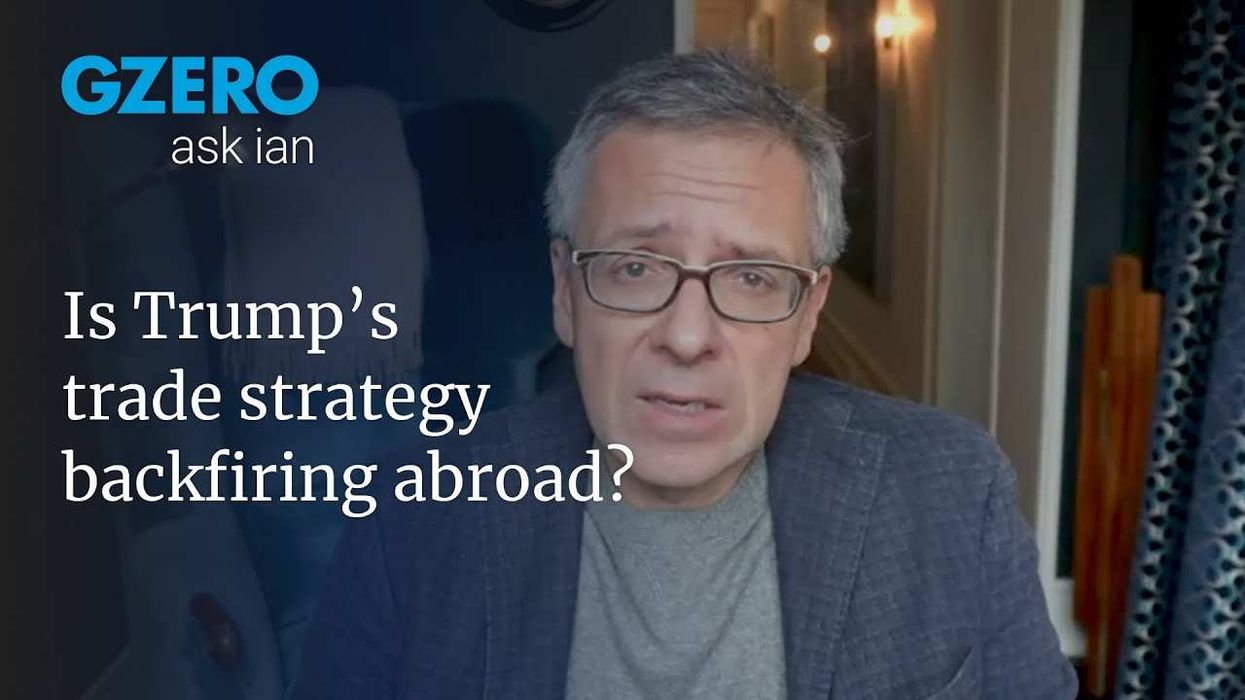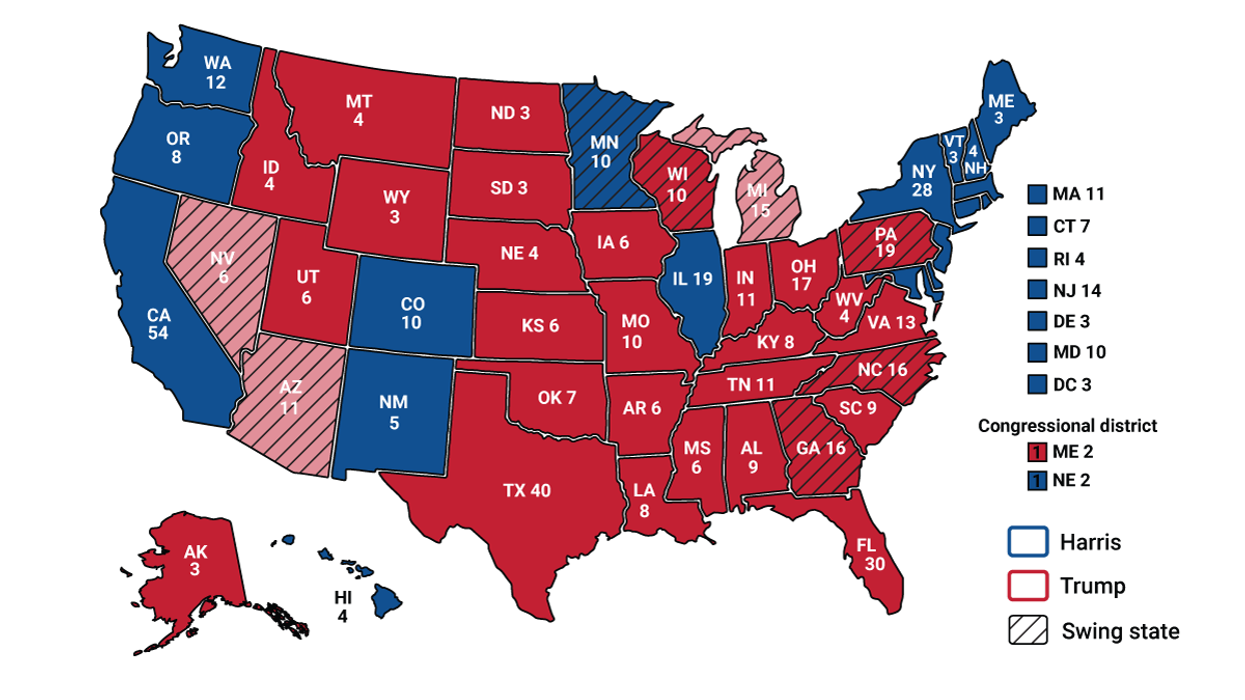It’s been two years since Russia launched its full-scale invasion of Ukraine, starting the deadliest conflict that Europe has seen in decades. And there are no signs that it is anywhere close to ending.
The numbers tell a grim story. By NATO’s best estimates, 70,000 Russians have died and 250,000 have been injured over the course of the war, comprising some 90% of Russia’s pre-war troops. Kyiv is highly secretive about battle losses, but its latest figures put the number of soldiers killed at 31,000 (almost certainly a significant undercount), with hundreds of thousands more injured. Meanwhile, Russia still occupies around a fifth of Ukrainian territory.
After a momentous 2022 where huge chunks of land changed hands, 2023 saw a fairly static line of control, with both sides failing to make decisive gains on the battlefield despite major losses of personnel and equipment. This year promises to look much like the last, with missile and drone strikes on each other’s homeland wreaking economic damage but continued fighting causing little meaningful change to the frontline as the conflict settles into a defensive struggle. Lower levels of Western military aid to Kyiv – especially from the United States – relative to 2022 and 2023 will hinder Ukraine’s ability to retake its land but not its ability to defend itself, despite Russia’s battlefield initiative and material advantage. Both governments’ ability to sustain the war over the coming year makes a cease-fire or negotiated settlement unlikely.
But we are at a turning point in the war’s trajectory. While the Ukrainians remain steadfast in their fight, America’s dysfunctional politics are making a victory for Ukraine look more elusive than ever. Everything now hinges on what happens in Washington in the next few days and weeks, where securing Congressional approval for Ukraine funding has become a much bigger political challenge than anyone expected. And the deeper we get into the presidential race (and the closer Donald Trump is to becoming the official Republican nominee), the less likely it is that Ukraine will receive any additional funding at all until after the November election.
Stalling US aid would put Ukraine’s defense at risk. US military support is vital to helping Ukrainian forces defend against Russian offensive operations and aerial attacks. It is also important for Ukrainian efforts to reconstitute their ability to launch future offensives. While failure to approve new funding would not completely cut Ukraine off from Western arms – it would still get weapons from European governments and from the US over the long run – diminished near-term delivery of artillery, air defense, and other items by the United States would severely limit its ability to maintain the frontline where it is for long, potentially setting the country on a path to defeat as soon as 2025. Where defeat means giving up more territory in Donetsk and possibly Kharkiv oblasts, weakened defenses against Russian missile and drone strikes against Ukrainian cities, and then being forced to accept a much more unfavorable cease-fire or settlement.
US pullback would increase the risk of escalation. Ukrainian leaders are likely to become more risk-acceptant in an environment in which Western governments are not delivering the military aid they need to sustain not just offensive but also defensive operations. That would mean a stepped-up campaign using drones, missiles, and covert operations to hit targets in Russia (including economically significant oil and grain export facilities) as well as Russian military positions in occupied Crimea, risking Russian retaliation. Ukraine’s ability to produce drones domestically means that it would still be able to conduct these kinds of attacks despite diminished Western support. For its part, Russia could see the decline in US aid as an opening to push its advantage, launching more aggressive offensive operations to capitalize on Ukraine’s weakened defenses.
Whether out of a sense of desperation or out of a sense of impunity, diminishing Western support for Kyiv would lead both sides to show less restraint and the conflict to escalate, raising the odds of unintended confrontation between Russia and NATO.
Diplomacy would remain as remote as ever. Opponents of additional US military support claim that cutting off aid to Kyiv would put pressure on President Volodymyr Zelensky to negotiate an end to the war – their stated aim. However, opinion polls in Ukraine show overwhelming support for a continuation of the war even if Western aid falls, with 92% of Ukrainians saying they would accept nothing short of a total Russian withdrawal from their territory including Crimea. Meanwhile, reports suggesting Russian interest in a cease-fire do not indicate any flexibility from President Vladimir Putin about the status of the territories under Russian occupation. Moscow’s insistence that Ukraine recognize those illegally annexed areas as sovereign Russian territory in exchange for peace is a non-starter for Kyiv, just as Kyiv’s insistence that Russia withdraw from all Ukrainian territory including Crimea is a non-starter for Moscow.
If Ukraine faces significant setbacks on the battlefield in the coming months due to reduced US aid, Ukrainian public opinion on territorial concessions could shift, and Zelensky’s calculations about talks may change accordingly. Knowing the Ukrainian people and their will to fight, I rate this as unlikely. But even if it came to pass, diplomacy would still require Russia to come to the table for constructive discussions – something that Putin will have little incentive to do as long as he has the military upper hand, Russia’s economy remains robust, Western support for Kyiv is waning, and Donald Trump has an even shot of winning the US presidential election. Russian dissident Alexei Navalny dying in a Siberian gulag earlier this month is a sign of Putin’s strength and confidence – not something that would happen if he were inclined to sue for peace anytime soon.
In short, cutting US aid to Ukraine wouldn’t bring an end to the war any closer. It would only make it easier for Russia to kill more Ukrainians – and embolden Putin to do the same to Moldovans, Latvians, and Poles in the future. Any suggestion to the contrary is wishful thinking at best, and Russian propaganda at worst.



















